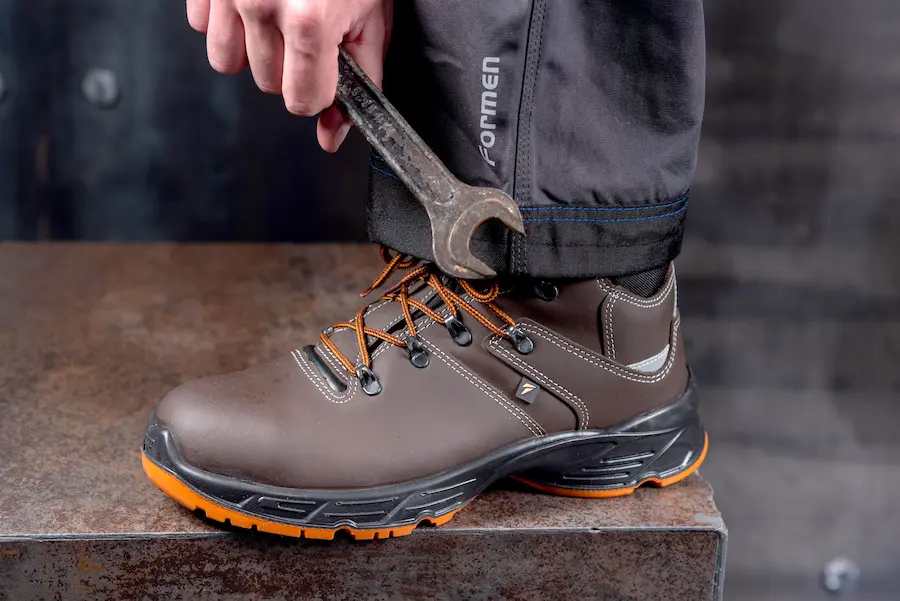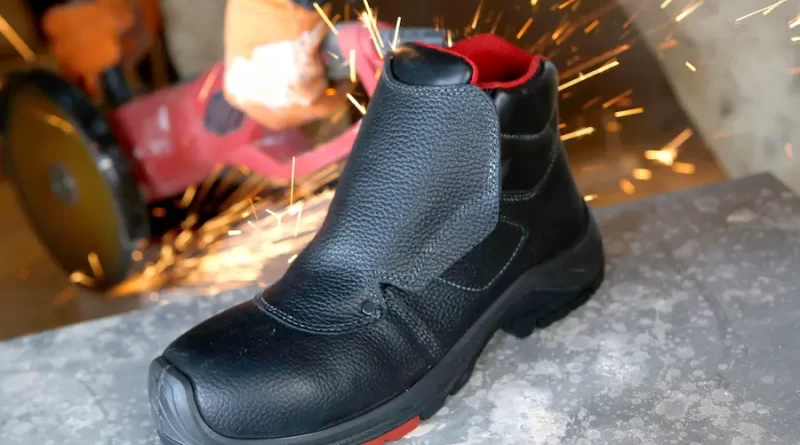Protect Your Feet With Workplace Safety Shoes
Workplace Safety Shoes provide employees with protection from occupational hazards that pose potential foot injuries in the workplace. Foot injuries pose one of the greatest workplace accident risks.
Engineering, work practice and administrative controls are effective ways of mitigating these risks; when these aren’t possible however, protective footwear such as boots or shoes is necessary.
Slip-Resistant Soles
Slips and trips in the workplace are one of the leading causes of workplace injuries, but having appropriate footwear can help mitigate them by maintaining good balance and grip on slippery surfaces. This is particularly crucial for healthcare workers, food service employees, or others who spend long hours standing or moving about on their feet – such as healthcare employees and food service employees who spend much time walking about on a daily basis.
Slip-resistant soles feature unique tread patterns designed to increase grip on wet or oily floors and prevent slips or falls, such as those caused by oil spills or spills. Their level of grip depends on several factors including material composition and design features of footwear (for instance, rubber soles are usually more effective at providing slip resistance than plastic ones).
TALAN Safety Shoes have even been certified slip-resistant, meeting ISO standards during an independent testing procedure and receiving an “S rating” on their sole.
These shoes often also offer insulation and electrical resistance features for maximum protection, such as insulation. Composite toe shoes are 30% lighter than metal toe shoes and can withstand impacts from falling objects or electrical hazards without impacting wearers’ joints; other features of these shoes may include cushioned insoles for joint comfort when standing for long periods; they may even come equipped with waterproof liners and non-marking outsoles to stop any moisture seeping in and compromising the footwear.

Waterproof Lining
Waterproof linings are essential when working in wet or cold environments, to reduce foot fatigue and avoid injuries caused by wet materials or chemical substances such as gravelly surfaces. Waterproof footwear also prevents any infections caused by harmful irritants that could otherwise irritate and burn feet causing discomfort, or by wearing shoes with no waterproof linings at all.
Most manufacturers offer shoes equipped with waterproof liners made of Gore-Tex or other similar membrane materials that are stitched or sealed to the uppers, providing insulation against body heat loss while working outdoors in cold weather. Insulation helps retain body heat to reduce foot discomfort during work-related activity.
Manufacturers provide protective work shoes equipped with insulated soles designed to withstand extreme temperatures encountered during welding, glass-works and foundry jobs. Furthermore, these shoes can protect feet against sharp objects that could otherwise injure them as well.
Workers who use hand tools frequently or kneel for extended periods require shoes with supportive features to reduce back, neck and leg pain. Padded and breathable insoles may also offer added comfort to cushion the feet and ease foot fatigue – helping relieve back, hip, or knee strain in turn.
Puncture-Resistant Toes
Feet are hardworking partners on any jobsite, making protecting them essential. There are numerous workplace hazards that pose risks to feet including falling materials, sharp machinery, broken glass or nails as well as hazardous piercing elements like nails. In order to shield their feet against potential dangers they should wear footwear which meets minimum CSA standards for impact and compression resistance.
These shoes should include a protective metal toe cap that can withstand falling objects or materials and an anti-slip sole designed to grip walking surfaces even when wet or slippery. Some footwear may include additional features to meet specific needs such as metatarsal protection that shields the bottom of the foot, electrical hazard protection to avoid shock, static dissipating protection to reduce electric static charges on feet, heat resistance for hot environments and puncture resistant protection for dangerous piercing elements.
Good quality footwear not only offers safety and support for feet, but can also help relieve fatigue, improve posture and performance on the job. Safety shoes come in both lace-up and slip-on styles for easier on/off use as well as different protective materials to meet specific workplace hazards. There are even styles designed to look more like regular sneakers in order to encourage employees to wear them on the job.

Electrical Hazard Protection
Many types of workplace safety shoes can help minimize electrical hazards. Non-conductive footwear made of leather, rubber or other nonconductive materials should be worn when working in environments where static electric sparks could pose a hazard to workers and equipment alike. Conductive boots branded as SD/ESD boots may also help prevent static buildup on the body.
These work boots can help protect feet in environments with an increased risk of electrical shock, including those containing arc flash hazards or live power circuits. When worn together with special gloves, these workboots also ensure your hands remain safe from harm.
OSHA requires that all personal protective equipment (PPE), including footwear, meet minimum standards. Footwear designed with reinforced toes may provide greater protection from impacts and compression as well as resistance against penetration by sharp objects – steel toe work shoes are often recommended on construction and industrial worksites for this reason.
Make sure you purchase work shoes of the right size when purchasing them; using sports shoes as a reference point can help. Also keep in mind that your feet tend to swell throughout the day, so shopping early in the morning or afternoon may be ideal.

